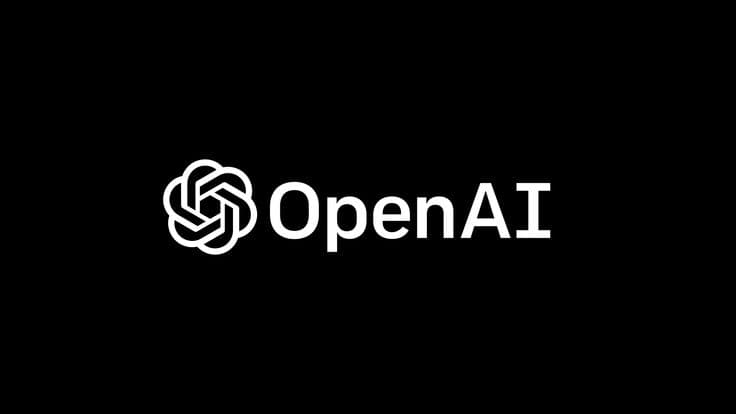OpenAI Blew $6.5B on ONE Person – The Secret Reason Will Shock You!

In May 2025, OpenAI stunned the tech world by acquiring Jony Ive’s startup, io, for $6.5 billion—its largest deal ever 34. But why would an AI software giant spend billions on a hardware designer best known for the iPhone? The answer lies in a high-stakes battle for dominance in the AI era, where distribution, user control, and revolutionary hardware are the new frontiers. Let’s unpack the genius—and desperation—behind this blockbuster move.
Who Is Jony Ive, and Why Does He Matter?
Jony Ive is the legendary British designer behind Apple’s most iconic products, including the iPhone, iPad, and Apple Watch. After leaving Apple in 2019, he founded io, a startup focused on reimagining AI-powered devices. His partnership with OpenAI CEO Sam Altman began in 2023, with both sharing a vision to create “the next iPhone moment” for artificial intelligence
Why $6.5 Billion? The 5 Key Reasons
1. Avoiding the “Apple Tax” and Google’s Distribution Monopoly
OpenAI faces a critical problem: distribution. Tech giants like Google and Apple control access to billions of users through Android, iOS, and Search. For example, Google pays Apple $20B annually to be the default search engine on iPhones 1. If OpenAI relies on these platforms, it risks paying hefty fees or losing control over its user relationships. By acquiring io, OpenAI aims to bypass middlemen and build its own ecosystem of AI-first devices—whether smart glasses, wearables, or something entirely new 18.
2. The Data Feedback Loop: Fuel for Better AI
AI models thrive on user data. The more people interact with ChatGPT, the smarter it gets. But without direct hardware integration, OpenAI risks losing this data to rivals like Google’s Gemini (embedded in Android and Chrome) or Apple’s rumored AI glasses 18. Ive’s devices could create a seamless, always-on AI experience, giving OpenAI unprecedented access to real-time user behavior—a goldmine for refining its models 8.
3. Competing with Tech Titans
Google’s 3 billion Android devices and Meta’s AI glasses project highlight the threat of Big Tech’s distribution power. OpenAI’s $6.5B bet is a defensive play: control the hardware, control the future. As Altman admitted, “We have the opportunity here to completely reimagine what it means to use a computer” 810.
4. Beyond Smartphones: The Next Generation of AI Hardware
Smartphones are stagnant. Ive and Altman envision devices that blend AI into daily life—think voice-first assistants, ambient sensors, or wearables that “disappear” into your routine. Past failures like Humane’s AI Pin show the risks, but Ive’s design pedigree offers hope. As he said, “Everything I’ve learned over 30 years has led to this moment” 36.
5. Investor Pressure and Financial Gambles
OpenAI’s $40B funding round (led by SoftBank) hinges on restructuring into a for-profit entity. Failure to do so could cost $10B in lost investments 57. The io deal signals OpenAI’s urgency to innovate and justify its $300B valuation—even if critics call it a “Hail Mary”
The Bigger Picture: A Risky Bet with Infinite Potential
- Winners: Semiconductor firms (e.g., Qualcomm, TSMC) and edge-AI chipmakers stand to gain from new hardware demand 8.
- Losers: Legacy smartphone makers and Apple, which lost $45B in market value post-announcement 8.
- Risks: Hardware is costly and volatile. Past flops (e.g., Humane’s Pin) prove that even genius design can’t guarantee success
Conclusion: A New Chapter in the AI Wars
OpenAI’s $6.5B gamble isn’t just about gadgets—it’s about survival. By marrying Ive’s design genius with ChatGPT’s brains, Altman hopes to create a future where AI isn’t just an app but an invisible, indispensable companion. Whether this bet pays off or becomes a cautionary tale, one thing is clear: the AI race just got a lot more interesting.